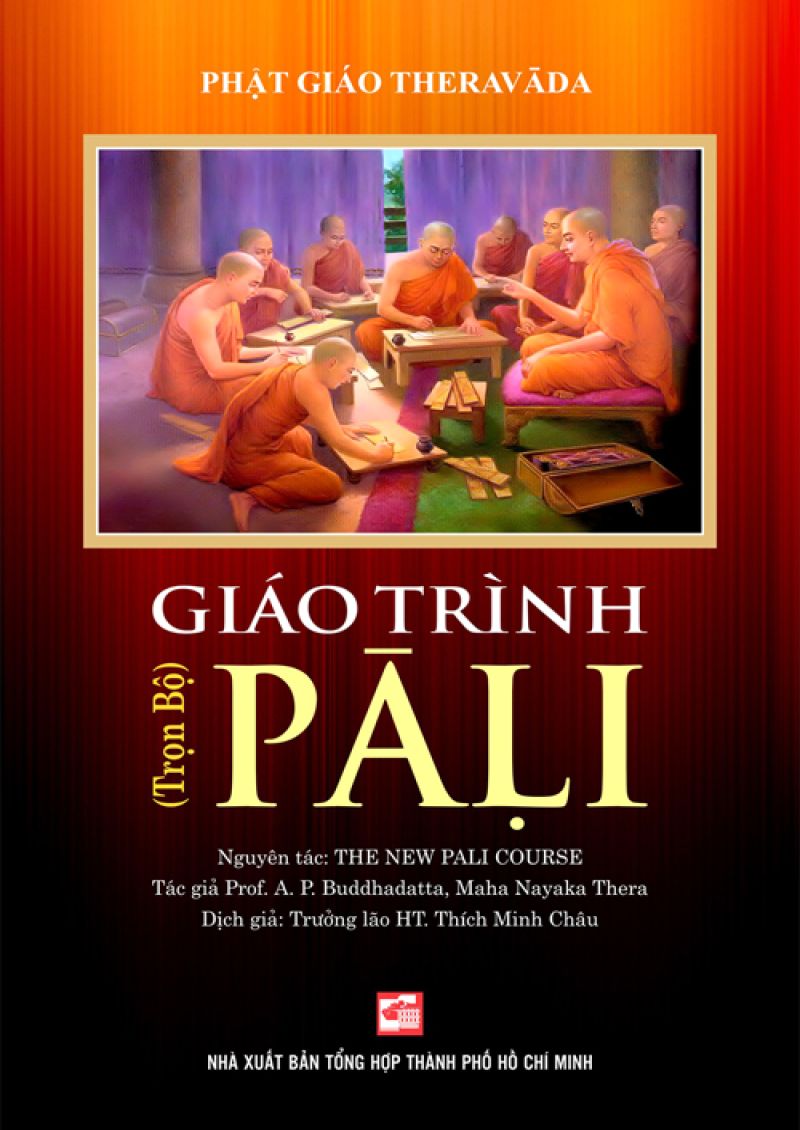EDITED BY WILLIAM EDELGLASS & JAY L. GARFIELD
* * *
INTRODUCTION
From the standpoint of every Buddhist tradition, the central event in the history of Buddhism was the historical Buddha, Siddhartha Gautama, achieving awakening at Bodh Gaya, India. According to these traditions, his awakening under the bodhi tree consisted in his attainment of profound insight into the nature of reality, which in turn enabled the solution of the central problem toward which Buddhism is oriented - the universality and pervasiveness of suffering.
The Buddha argued that this suffering is caused most immediately by attraction and aversion, and that the root cause of attraction and aversion is confusion regarding the fundamental nature of reality. As a consequence, the Buddha taught that his liberating insight into the nature of reality is the antidote to the confusion, and hence to the attraction and aversion it causes, and therefore, in the end, to suffering itself. This is the core content of the four noble truths expounded in his first discourse at Sarnath, the Dhammacakkappavattana-sutta (Discourse that Sets in Motion the Wheel of Doctrine) and is the foundation of all Buddhist philosophy.
The Buddhist world, however, is vast, and generated numerous schools of thought and philosophical systems elaborating these fundamental insights, with a substantial and internally diverse philosophical canon comparable to that of Western philosophy. Though there are important core views that characterize a philosophical approach as Buddhist, there is considerable variety in detail…










Bình luận
Không có đánh giá nào cho sản phẩm này.